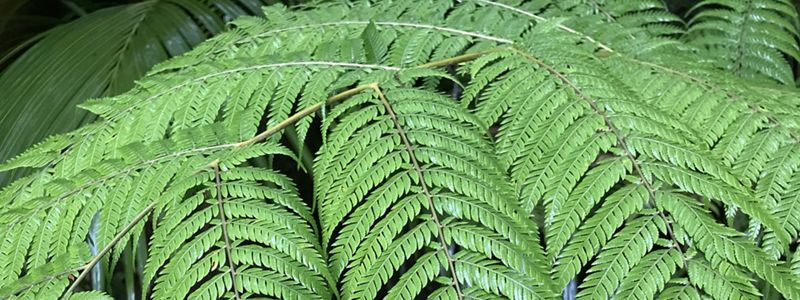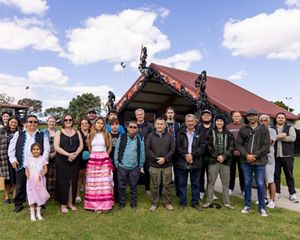When Cultures Cross an Ocean
Aneika Young, Te Ao Māori Advisor
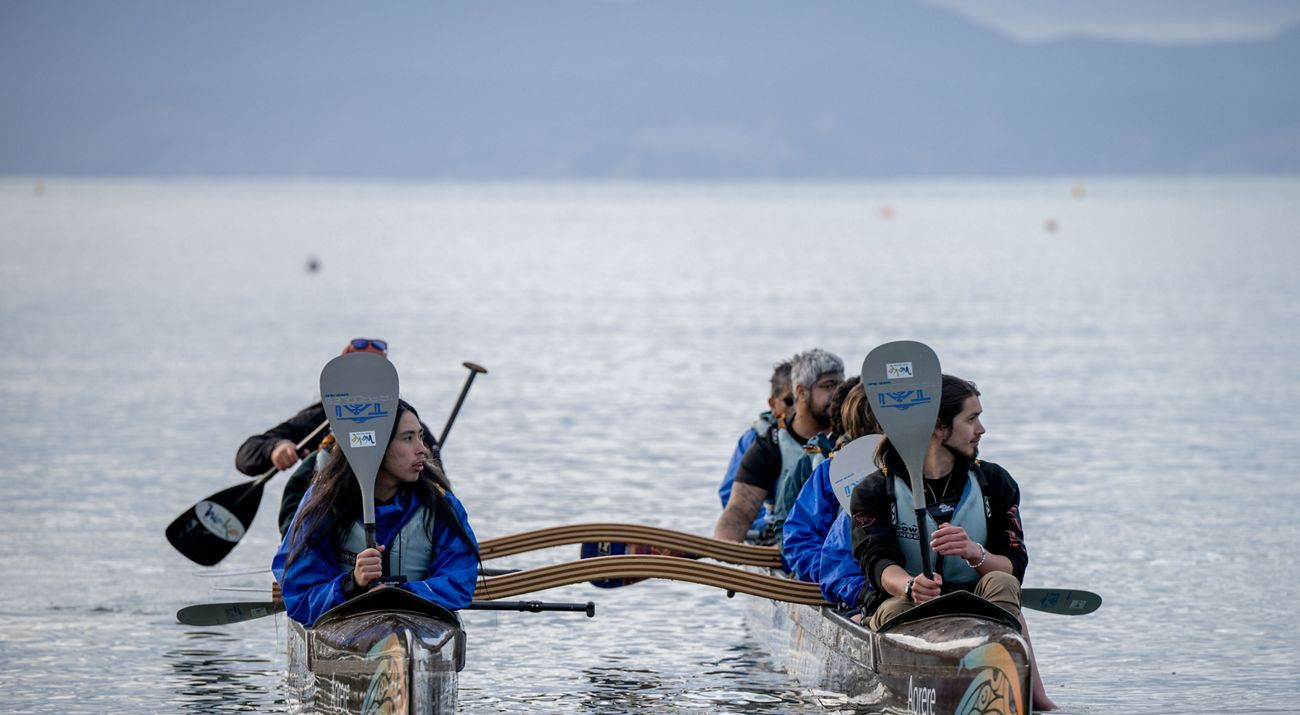
Originally featured in The Nature Conservancy magazine, August 2025
Our bus comes to a stop in Te Āwhina Marae, a Māori village—my hometown, made up of the Ngāti Rārua and Te Ātiawa tribes—near New Zealand’s Tasman Bay. The group I am helping guide on this trip disembarks, and we are greeted by some locals. A woman asks me, Who are these people, and are they friend or foe?
The question may sound confrontational, but this is an important part of a traditional welcome ceremony to my people. When I assure her that my travel partners—more than a dozen representatives from the Xwémalhkwu (Homalco) First Nation from British Columbia, Canada—are indeed friends, she welcomes them into the community.
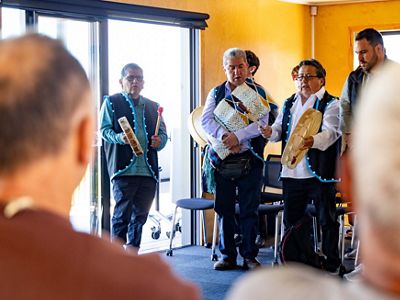
I grew up the child of an English father and a Māori mother, so I have walked in two worlds my entire life. That’s what eventually led me to The Nature Conservancy as a liaison to Māori communities as they work with government entities on issues of conservation and culture. But today, I’m helping bridge two communities who live on opposite sides of the Pacific Ocean—Te Moana Nui-a-Kiwa, as we call it.
The Homalco are visiting eight different Māori communities across New Zealand. It’s part of a cultural exchange facilitated by TNC and Nature United, TNC’s Canadian affiliate. The organization works with Indigenous and local communities to help support local conservation goals around the world. This trip is a follow-up from 2019, when a delegation of Māori visited First Nations in British Columbia. “We are connected by water” is a sentiment our communities use to describe this growing relationship.
And our communities have a lot in common, even though we live on opposite sides of the world. We have similar views of our relationship to nature: We are related to the lands, the rivers and the animals. We see the mountains as our grandfathers, grandmothers, uncles and aunts.
We also have a shared history of having been colonized by the British. Both the Māori and the First Nations drew treaties—that were broken—with the British Crown. We lost control of our lands, and our ancestors and Elders were put through forced-assimilation programs. Both Māori and Homalco have been actively reclaiming our traditions and languages.
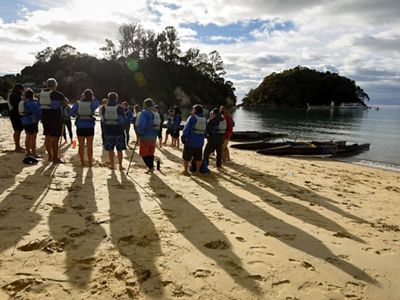
One morning, we paddle out to Kaiteretere in waka ama, double-hulled canoes, to celebrate the sunrise. This is the place where our ancestors first met settlers from the New Zealand Company in the 1840s. Under a pink sky, Lee-Anne Jago Jago leads us in a call to the sun and a blessing. Then she invites the Homalco to do the same in their own way.
We also visit Abel Tasman National Park—a hot spot within this high-biodiversity part of the South Island—that contains sacred sites for the community.
The Māori word Kaitiakitanga embodies our intergenerational responsibility to care for the natural world and to hand it on to our grandchildren. That commitment is one reason the Māori are now engaging with national and local governments in determining how our ancestral lands are managed. Though the system is not perfect, our role as guardians of the land is becoming recognized in national legislation, such as New Zealand’s Conservation Act (1987), which acknowledges Māori as treaty partners in environmental governance.
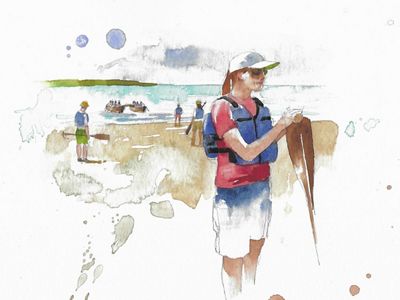
Learn more about this event
A Meeting of NationsMembers of my village now help manage three national parks. It’s a similar—but not identical—relationship that the Homalco have been developing in British Columbia.
At the end of the trip, the Homalco offer thanks to their hosts. One of the gifts is a handmade drum from Homalco Councilmember Preston Joseph. Chief Barney Thomas accepts the gift and promises—as is Māori tradition—that we will hold it until it’s time to give it back. And that time will be when we send another delegation to British Columbia in a few years.
After all, there may be an entire ocean between our communities, but the water connects us.
We Can't Save Nature Without You
Sign up to receive monthly conservation news and updates.
